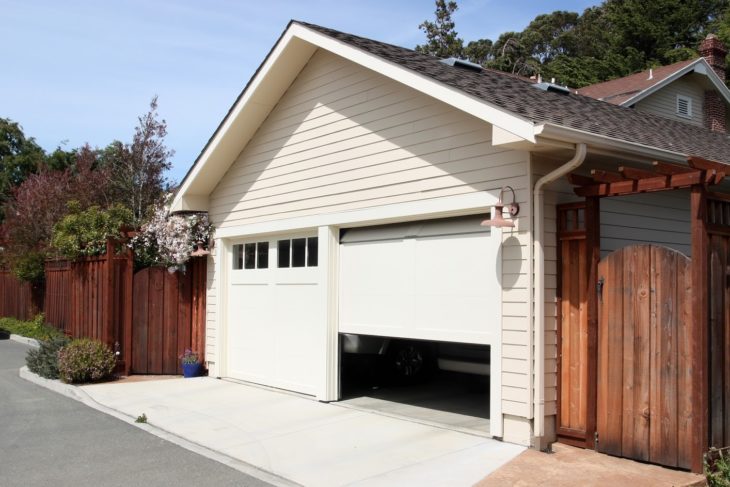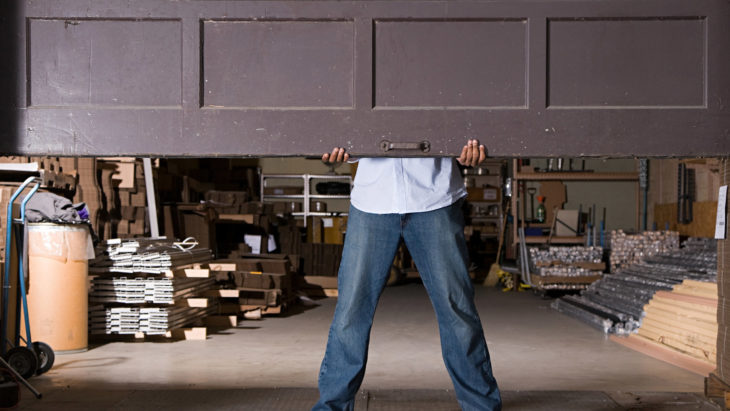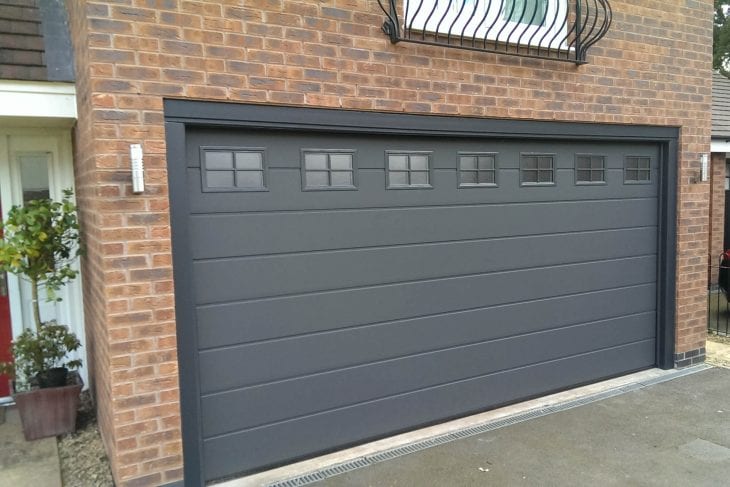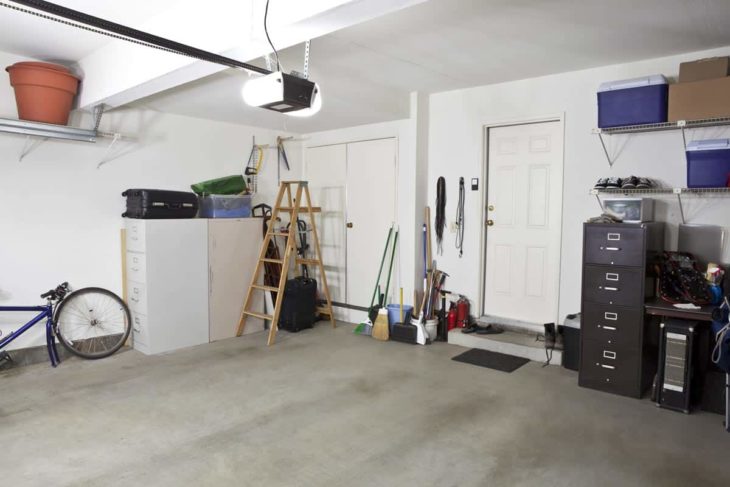Garages are often forgotten and ignored in many households, which is why they are left to decay, slowly but surely. Granted there isn’t much maintenance involved there, but it’s by no means a no-maintenance part of your house.
If you’re not careful, your garage could end up littered in spiderwebs, dust balls and a bad odor due to the humidity. In order to fix your garage before it’s too late, here’s what you need to do:
Contents
1. Keep Your Garage Door Clean

Source: Plano Overhead Garage Door
Give your garage floor an annual wash to prevent stains, slip hazards, as well as pockmarks that are caused by rock salt and auto fluids. You might notice a couple of hairline cracks in the concrete slab, but that’s actually nothing to worry about.
However, if there’s a visibly concerning trip hazard due to crumbled or separated concrete, take immediate action. You can use a do-it-yourself patch along with the $5 concrete mix that you can get from your local store. However, patched concrete usually doesn’t adhere to the original slab, especially if your car passes over the past area. In this case, it would be better for you to call a licensed concrete contractor who can give you a proper estimate on replacing your slab, which is usually about $5 per square foot.
2. Maintain Your Garage Door

Source: Realtor.com
Many of the new garage doors common error with plastic parts that need no oil or are self-lubricated. But if you have older garage doors, then you need oil them with metal rollers, tracks, and hinges.
You can use a leaf blower to blow away the grime, grit, cobwebs, dust, and dead bugs from the door’s parts.
Check the rubber seal of your garage door’s bottom, occasionally. It costs less than $100 to replace the seal. It could be that your door is hitting the ground very forcefully and is jarring all of its parts that would then crush the seal or even allow light to pass through the bottom when the door is stagnant. In order to correct this is, you need to use a screwdriver to alter the travel limit adjustment that’s located at the door opener’s control box.
3. Clean Gutters and Interior Windows

Source: ltgaragedoors.co.uk
The interior door must be inspected and cleaned every once a year. Be sure the door is appropriately weatherstripped and that its threshold seal fits snugly against the door’s bottom.
Many building codes say that the door that allows entry to your home, needs to be self-closing and fire-rated. If your door’s self-closing mechanism has given out or has been damaged, then you should repair or replace it. For a new fireproof door, you’ll be paying between $200-300, plus $25-75 for installation.
4. Dehumidify the Air in Your Garage

Source: Whole house humidifiers
When your garage’s insulation has been compromised, it’s susceptible to high levels of moisture.
Moisture is really bad news, especially if you’re storing vehicles, lawn equipment, or have turned your garage into a makeshift gym. That’s because it leads to the growth of fungus, mold, rust, and mildew, and can create a series of health problems for you.
So to eliminate such issues, you have to have to visit this site for the best garage dehumidifier in the market.
5. Keep Watch on Garage Walls and Foundation

Source: Life Storage
Inspect your garage’s interior and exterior walls twice a year for cracks and moisture. Any sign of mold or discoloration means that moisture is getting in from the walls or the roof. When this happens, just call the roofing or building contractor for an inspection and get the repair estimates.
Foundation and wall cracks that are small and are less than an inch wide don’t do much damage. But anything larger than a hairline crack is something that you need to be concerned with. We suggest hiring a structural engineer, who will charge you between $200-300 per hour.
